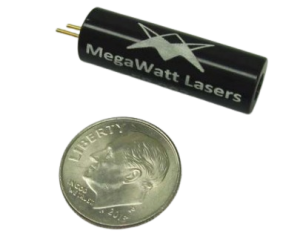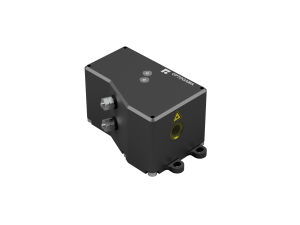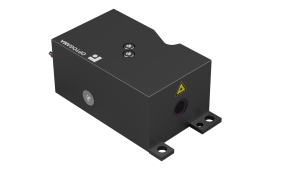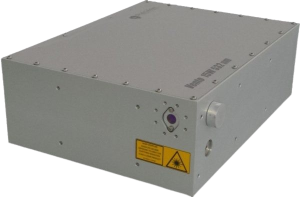The MIL-Spec Lasers We Offer:

Low SWaP for Portable/Handheld & Ruggedized for use in harsh environments
-
- Extensive environmental testing to ensure durability in hostile environments
- Ingress protection rating (IP65 or higher) guarantees long lifetimes & minimal maintenance
- Compact design that makes them suitable for integration into handheld or portable devices

“Eye-Safe” Wavelengths w/ Various Power & Energy Options
-
- Lasers emit “eye-safe” wavelengths >1.5 µm minimizing safety costs
- Safe to operate around personnel & civilian bystanders
- Power & energy options up to a few mJ for various applications

Customizable Platforms Conform to Military/Defense Requirements
-
- Operating temperature range, shock, and vibration resistance options
- DPSS lasers w/ long lifetimes & minimal maintenance requirements
- Configurations for laser designation are available in a complete system weighing < 1 lb
- ITAR-free & STANAG 3733 compliant options
For nearly 30 years, RPMC’s selection of MIL-Spec Lasers has set the standard for affordable precision across a wide range of applications, from defense to medical, industrial, and research with 1000’s of successful units in the field. We understand that every application has unique requirements, which is why our configurable platforms are designed to offer the perfect fit for your needs—whether you’re working with fundamental wavelengths, harmonics, or specialty wavelengths. As your partner, we’re here to guide you through the selection process, ensuring that your MIL-spec laser integrates seamlessly into your existing systems. With time-tested technology that balances power and precision, we’re committed to supporting your success every step of the way.

 SHIPS TODAY
SHIPS TODAY 





